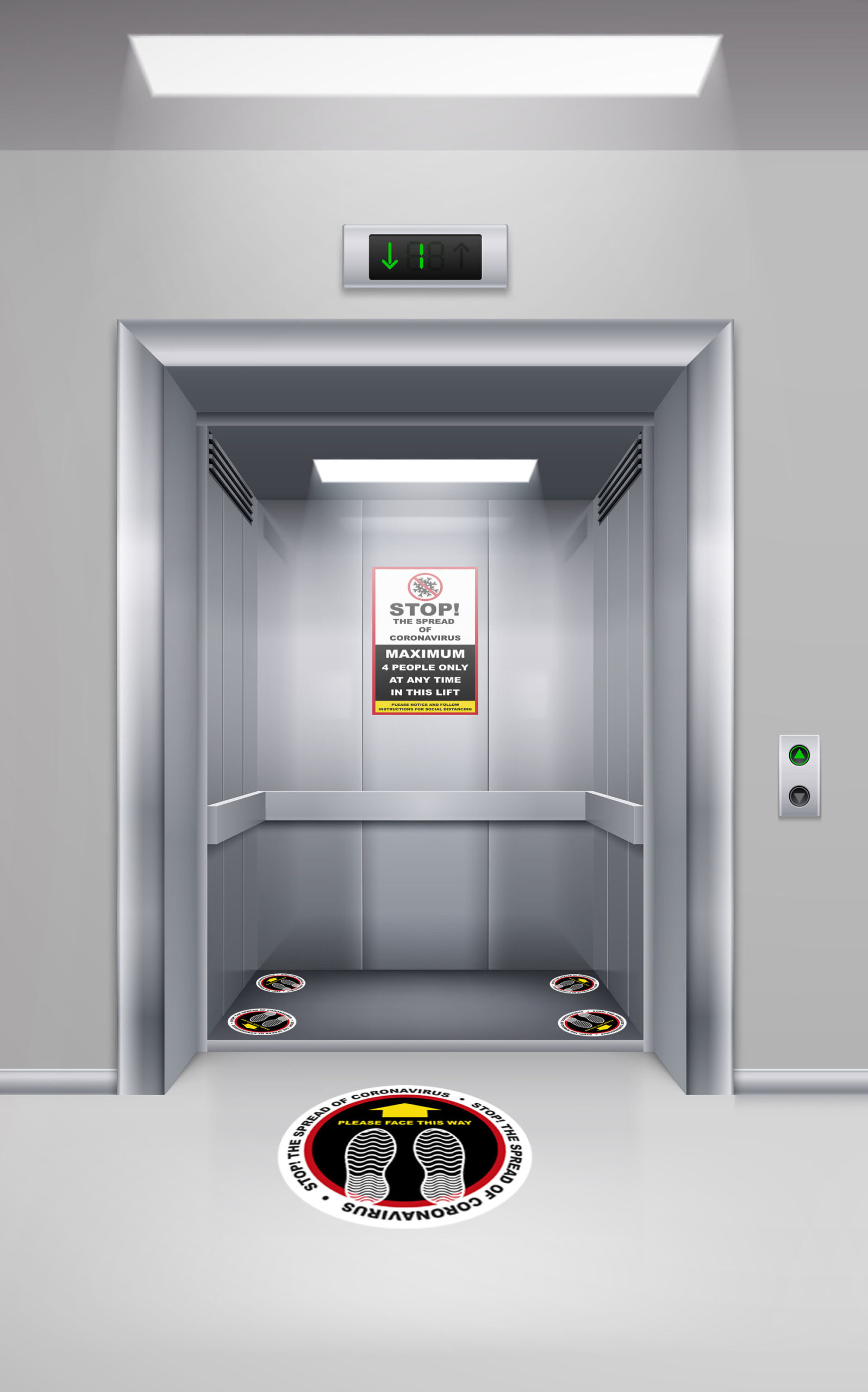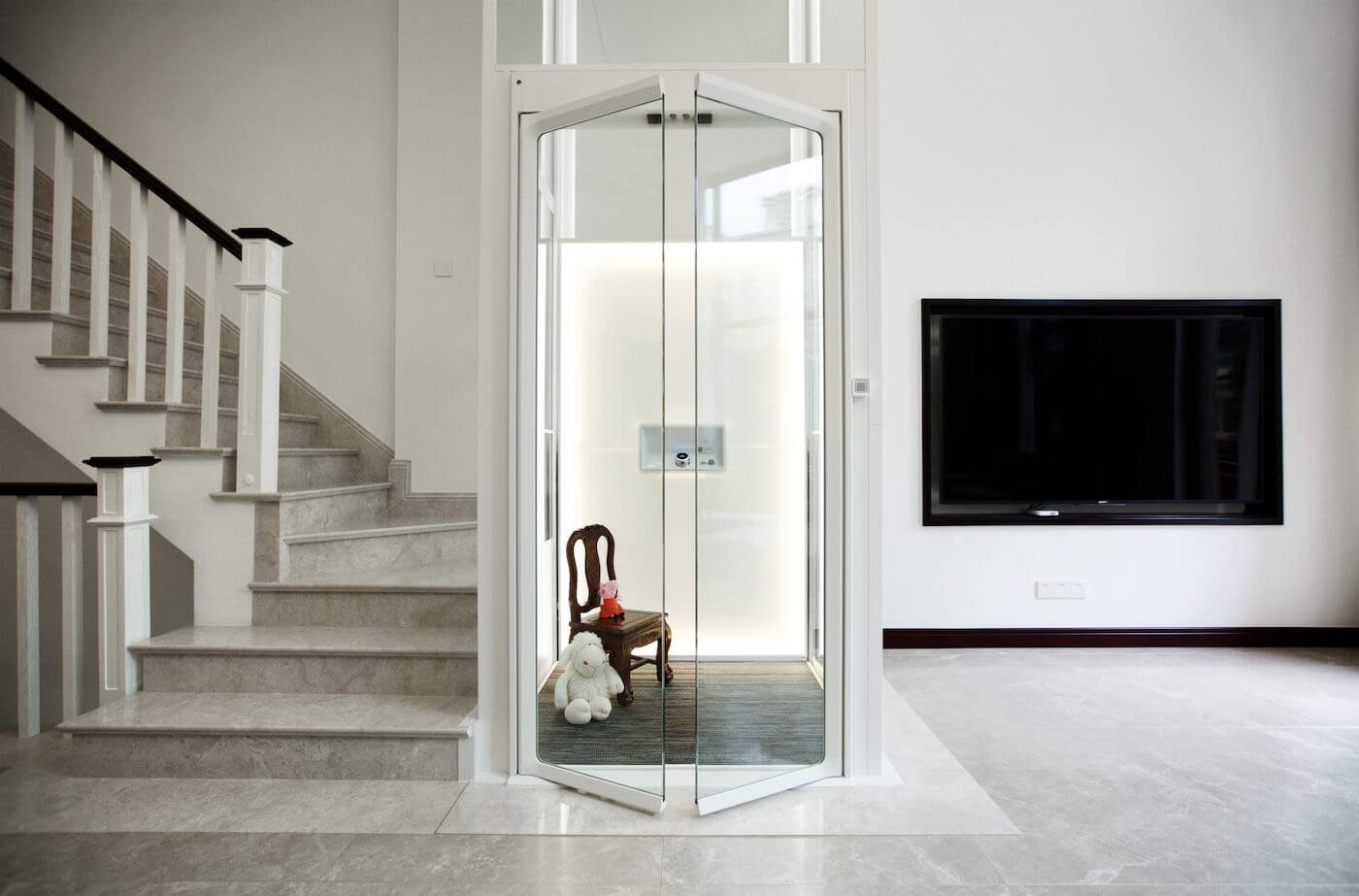We Maintain Lifts with Precision: Ensuring Security and Effectiveness
We Maintain Lifts with Precision: Ensuring Security and Effectiveness
Blog Article
Looking Into the World of Elevators: Typical Concerns Encountered by Various Lift Devices
As we browse through the upright transport systems of modern structures, elevators stand apart as a vital element of our every day lives. Nonetheless, behind their smooth operation lies a globe of complex systems that can often come across obstacles. From hydraulic elevators to grip systems and machine-room-less designs, each lift type features its set of common concerns. Comprehending these difficulties is essential for guaranteeing the smooth performance of these vital systems. Allow's discover the complexities that underlie the procedure of elevators and the possible problems that can emerge, clarifying the elaborate web of lift systems.
Hydraulic Lifts
Hydraulic elevators, commonly liked for low-rise structures, utilize fluid pressure to manage the activity of the elevator automobile (lift repair companies). This device involves a hydraulic pump pushing oil right into a cylinder, triggering the lift to relocate the desired direction. While hydraulic elevators are understood for their peaceful and smooth procedure, they do feature their very own set of common problems
One widespread problem with hydraulic lifts is oil leak. The seals in the hydraulic system can wear out in time, causing oil infiltration. This not just creates a mess but can also influence the elevator's performance if left unaddressed. Additionally, issues with the control system, such as defective valves or a malfunctioning pump, can trigger interruptions in the lift's movement.
Routine maintenance and prompt repair work are necessary to make sure the smooth functioning of hydraulic elevators. By addressing these common concerns proactively, structure proprietors can lessen downtime and make sure the security and effectiveness of their vertical transportation system.
Grip Lifts
When thinking about vertical transport systems in buildings, another usual kind besides hydraulic elevators is the grip elevator. Traction lifts operate utilizing a system of ropes and counterweights that relocate the elevator vehicle by gripping onto the hoist ropes. This device enables smoother and quicker upright transportation compared to hydraulic systems.
Among the typical issues faced by grip elevators is rope wear. The continuous activity of the ropes within the grip system can cause tear and put on gradually, potentially triggering the lift to breakdown or end up being unsafe for usage. Regular examinations and upkeep of the ropes are necessary to make certain the elevator's correct functioning and safety and security.
One more issue that grip lifts may run into is associated to the control system. Problems with the control system can cause issues such as irregular movement, delays in feedback times, or perhaps complete shutdowns. Routine screening and maintenance of the control system are vital to avoid such concerns and ensure the elevator's reliability.
Machine-Room-Less (MRL) Lifts

Among the crucial components of MRL elevators is the portable gearless traction machine that is mounted within the hoistway. This machine successfully drives the lift vehicle without the need for cumbersome devices located in conventional grip lifts. In addition, MRL elevators generally use a counterweight system to balance the auto, additional enhancing their energy performance.
Despite their benefits, MRL elevators may encounter challenges associated with maintenance and repair service due to the constrained area for tools installation. Availability for servicing parts within the shaft can be limited, needing specialized training for technicians. Appropriate upkeep schedules and normal inspections are important to make certain the continued smooth operation of MRL lifts.
Overloading and Weight Restriction Issues
Overloading and weight limit problems are important problems in lift procedures. Elevator producers style lifts with particular weight capacities to make sure guest safety and security and tools long life.
When lifts are overwhelmed, it puts excessive strain on the electric motor, wires, and various other parts, possibly triggering breakdowns or breakdowns. If they find excess weight, security mechanisms such as sensing units and overload sensing units are in area to protect against elevators from moving. In addition, surpassing weight limits can bring about boosted energy intake and deterioration on the elevator system.
To minimize overloading concerns, constructing managers need to plainly display weight restrictions in elevators and educate owners on the value of adhering to these constraints - lift repair companies. Regular upkeep checks by qualified technicians can likewise help make certain that lifts are operating within risk-free weight criteria. By attending to overloading and weight limit problems proactively, structure owners can boost lift security and performance
Electrical System Failings
Surpassing weight limits in elevators can not just lead to mechanical concerns but also potentially contribute to electric system failings within the lift framework. lift companies in London Electric system failings are a crucial worry in lift procedure, as they can create unanticipated closures, breakdowns, or even security dangers.
Routine upkeep and assessments are important to identify and attend to potential electric problems promptly, making sure the safe and reliable procedure of elevator systems. By sticking to weight limits and carrying out routine electric system checks, structure owners can minimize the danger of electrical failures in lifts.
Final Thought

Hydraulic elevators, often favored for low-rise buildings, use fluid pressure to control the motion of the lift auto.When taking into consideration vertical transport systems in buildings, an additional typical type apart from hydraulic elevators is the grip lift. Traction elevators run utilizing a system of ropes and counterweights that relocate the elevator car by clutching onto the hoist ropes. Unlike conventional lifts that we maintain lifts need a different maker room to house the devices, MRL lifts integrate many of the components within the shaft, removing the need for a committed device space.In final thought, lifts deal with usual issues such as hydraulic breakdowns, grip system failures, and lift repair near me electric system troubles.
Report this page